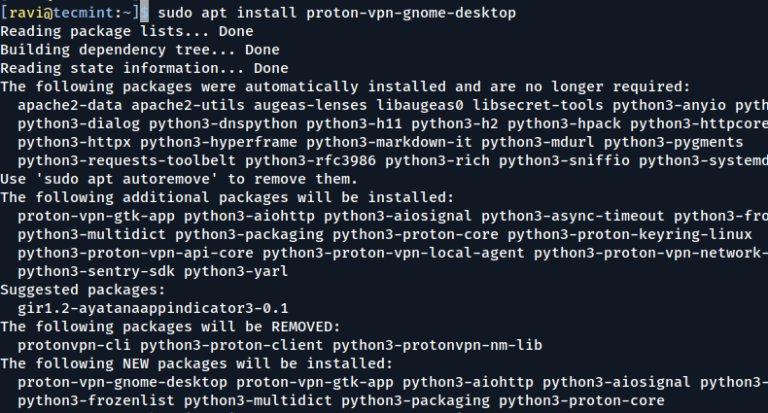Set-PowerCLIConfiguration -InvalidCertificateAction Ignore -Scope Session
VMware Repository on GitHub
Step 1: Install PowerShell
Windows 10/11 comes with PowerShell. To upgrade, visit Microsoft’s official guide:
https://docs.microsoft.com/powershell/scripting/install/installing-powershell
- Automate virtual machine tasks (like snapshots, reporting, and lifecycle management)
- Build repeatable workflows for VMware management
My Personal Repository on GitHub
Get-VM
Import-Module VMware.PowerCLI
With both, you can:
Step 2: Install VMware PowerCLI
Open PowerShell as Administrator and run:
pip install pyvmomi pandas
Understanding the Workflow

- Your Script: Python or PowerShell code you write
- PowerCLI: PowerShell modules that manage VMware
- VMware vCenter/ESXi: Your infrastructure
Run Your First PowerCLI Command
You’ve set up your environment for VMware automation using PowerCLI and Python.
Next time, you’ll write your first script and see how Python can drive PowerCLI to automate tasks.
PowerCLI is a set of PowerShell modules for automating VMware environments.
Python is a powerful, easy-to-learn programming language used for automation, scripting, and integrating systems.
Step 3: List All VMs
Step 3: Install Python
Step 1: Import PowerCLI
python --version
Connect-VIServer -Server <vcenter-address> -User <username> -Password <password>
Install-Module -Name VMware.PowerCLI -Scope CurrentUser
If prompted about trusting the repository, type Y and press Enter.


